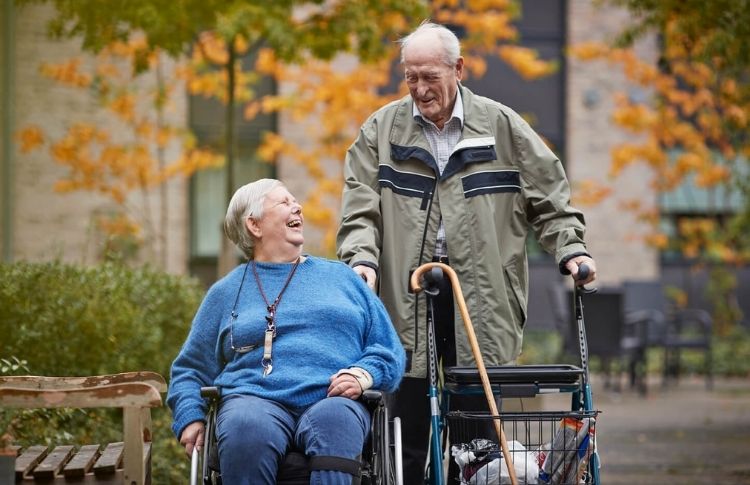The digital divide is a discrepancy in existing demographics to access digital technology; for example, the internet, computers, television, and telephones for many people. The digital divide is prevalent among aging communities since many older adults have limited access to online support due to a lack of resources and skills to use these technologies. This discrepancy can be isolating for more senior communities, especially during Covid-19 when isolation became a prerequisite for eliminating the virus. Technology was their lifeline to the outside world for many people, but those with limited access probably found themselves feeling more and more isolated.
Therefore, steps must be taken to tackle issues with the digital divide in a variety of communities. For aging adults, several measures can be taken to bridge the gap and increase technology use in their lives — this blog will explore several ways to do so.
Jump Ahead To:
Increase Self Confidence in Using Technology
Studies have shown that many older people do not use technology because they lack the confidence to try it out. The rapid pace at which technology changes and develops can be intimidating, so people shy away from using it. Their low self-confidence stems from feeling like a novice and not having the resources to learn more about the software. This is where the divide is started. To mitigate the discrepancy formed from a lack of self-confidence in using technology, families and friends should support learning how to use different devices and platforms.
The more support and guidance available for elderly communities to learn how to use technology will undoubtedly help increase their confidence and willingness to use it.
Help With Technology Set-Ups
Furthermore, often the divide starts to form since setting up new technology and devices can be extremely overwhelming. Physical barriers also get in the way; for example, some texts might be too small or buttons too hard to use. All of these cause setting up new technology difficult. So help must be offered to older people when they get a new phone or computer. When starting a new phone contract, it can be valuable to bring your own phone to the shop where professionals will be able to assist with organizing their agreement and set-up.
Skills Training
Skills training is a valuable way to help older people use technology that might seem foreign or hard to use. Enough skills training in using the device and the different applications will help increase confidence and use. Unfortunately, due to a lack of social capital, older communities tend to lose out on the essential training they might need to get to grips with new technology; however, this attitude perpetuates the ongoing divide. Therefore, it is necessary that adequate training is provided to diminish isolation in aging communities and improve access to potentially life-saving technology. Without sufficient training, older communities will lack the confidence to use their new mobile phone or computer and will likely neglect their opportunity to use it, perpetuating a vicious cycle.

